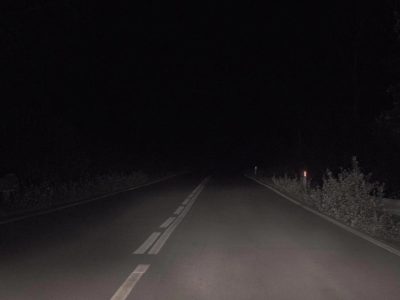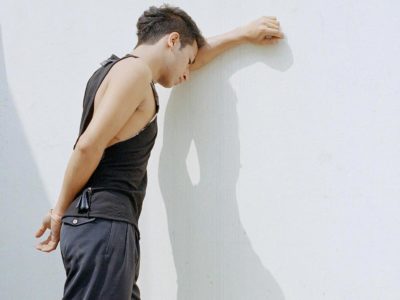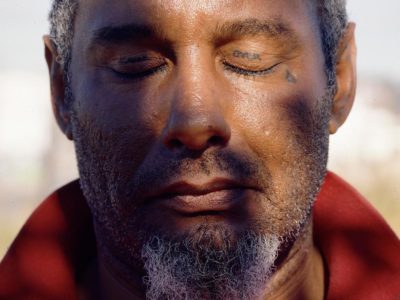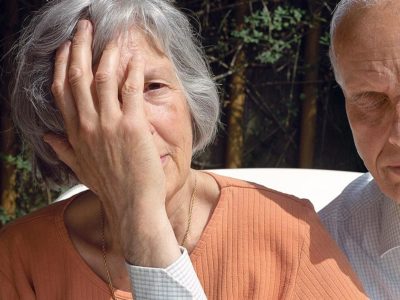Lucas Foglia’s Frontcountry
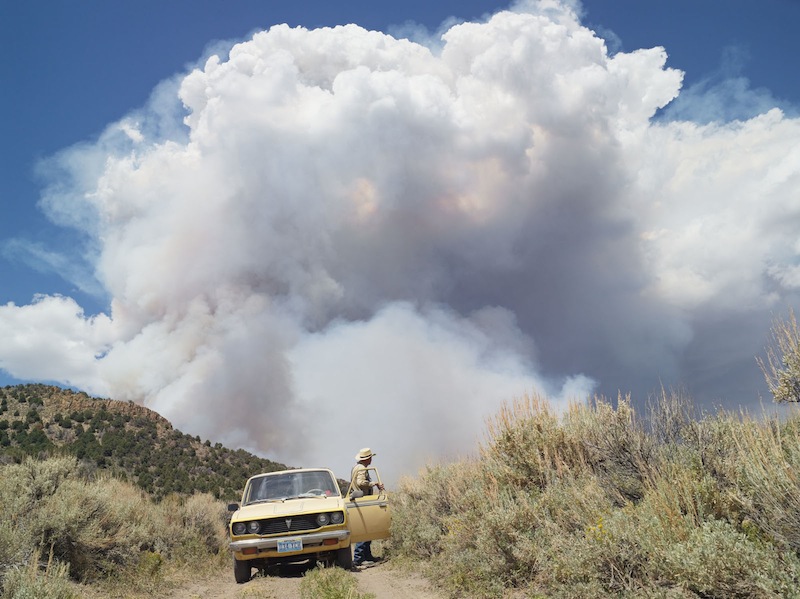
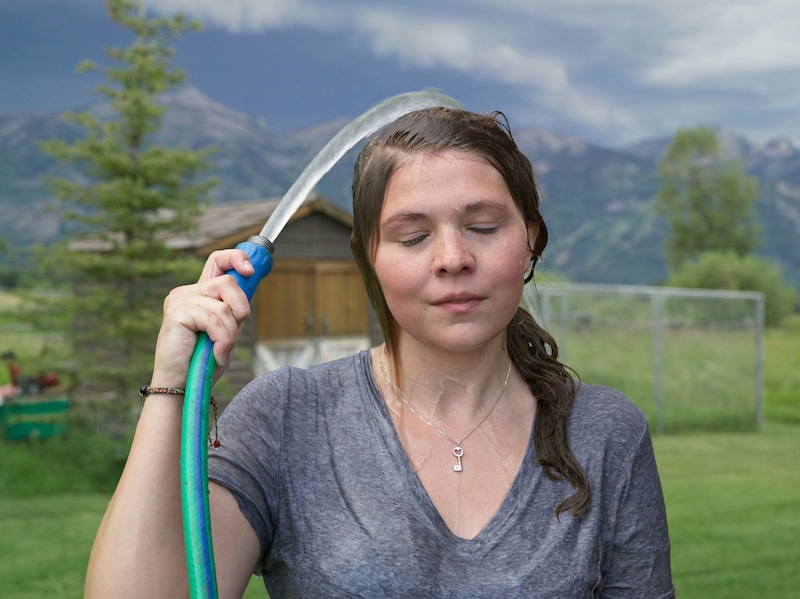
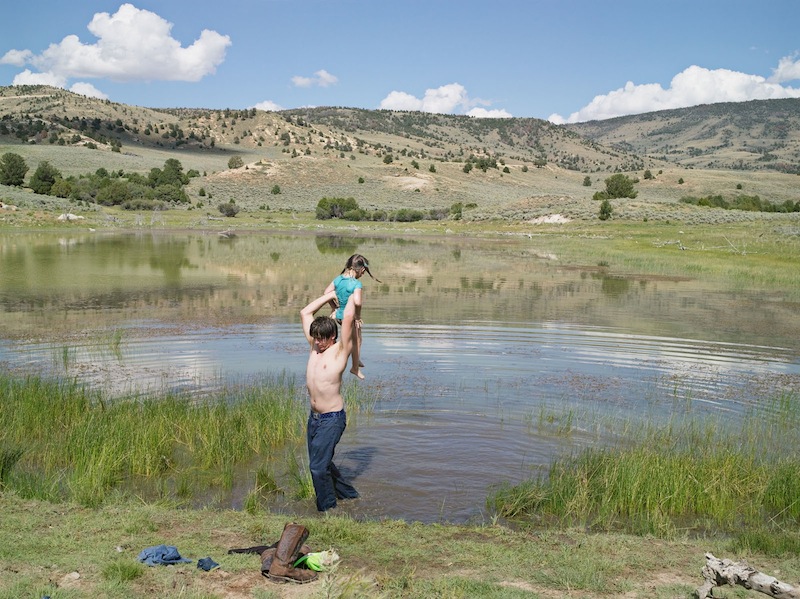
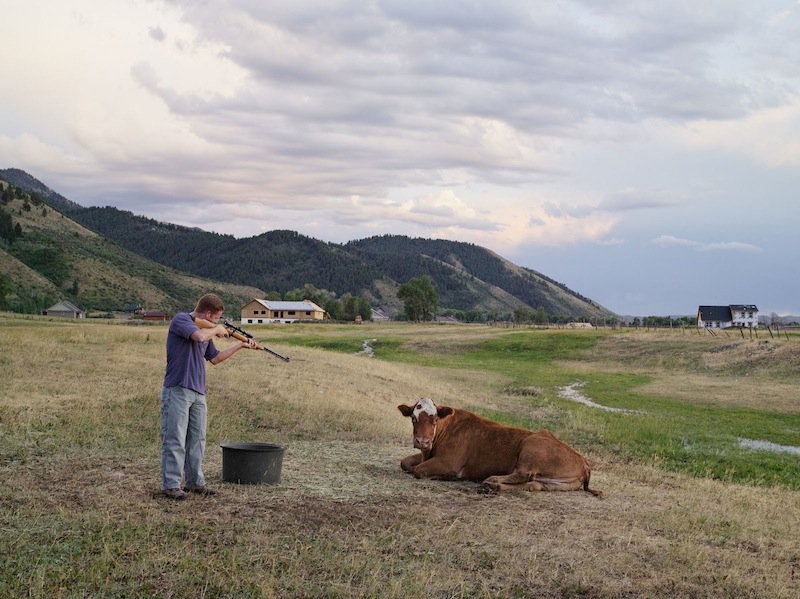
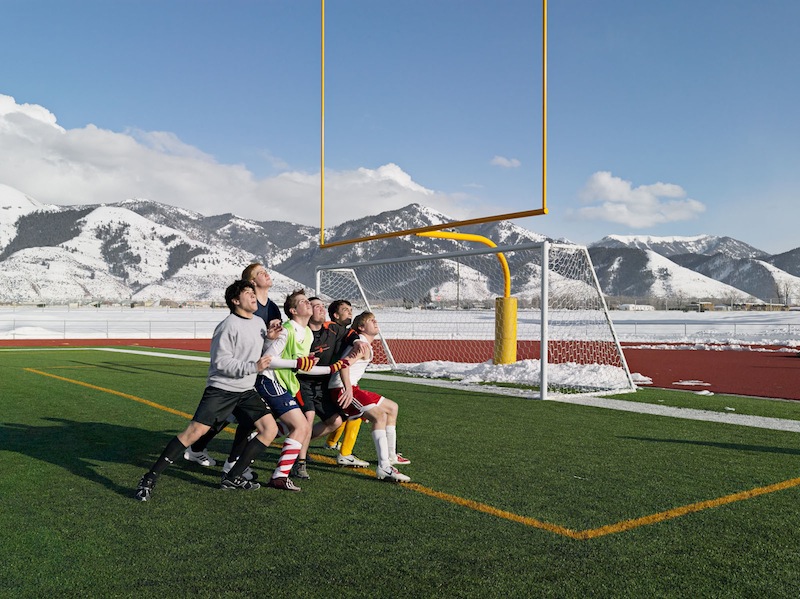
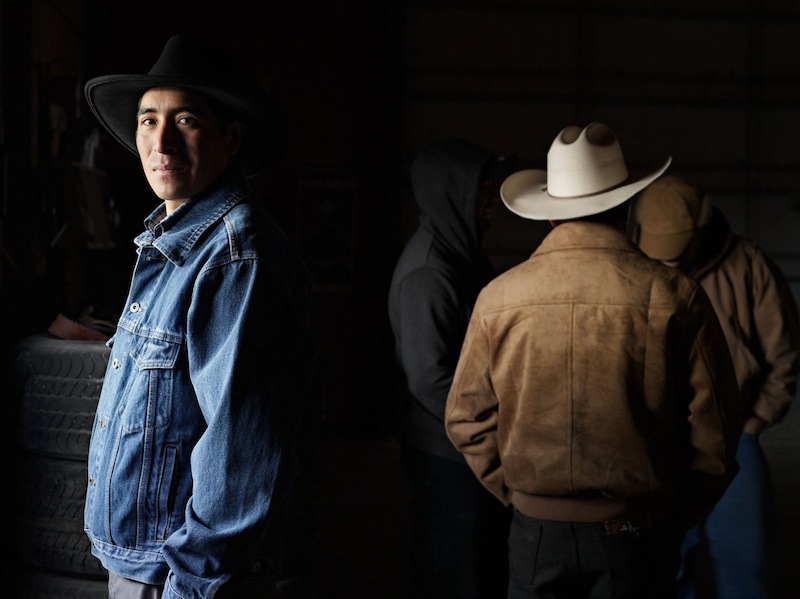
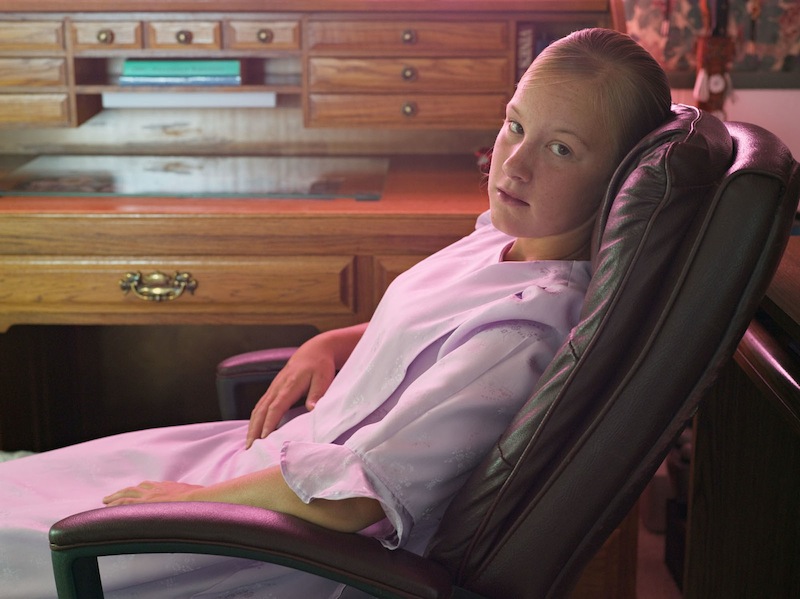
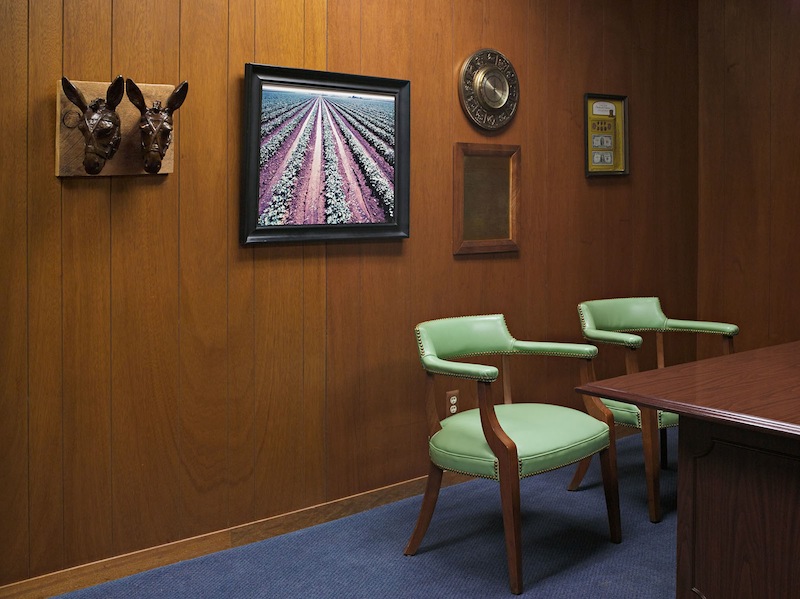
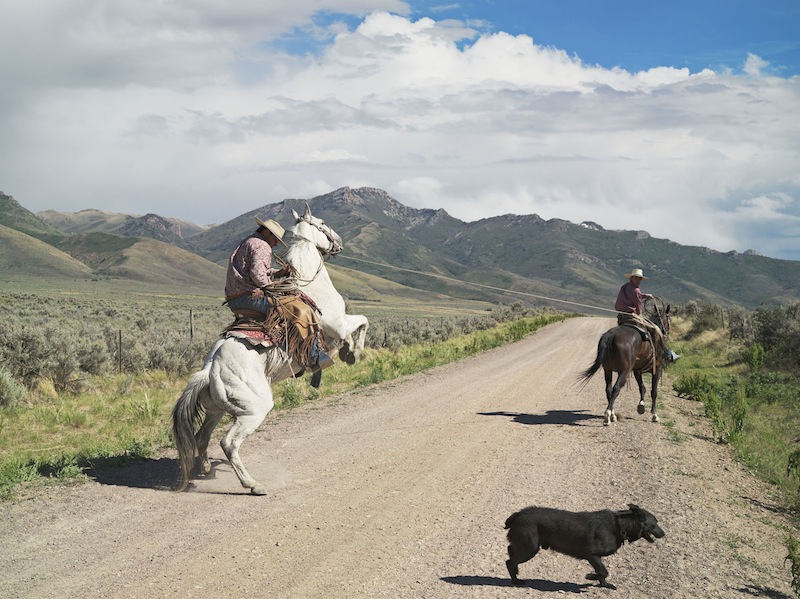
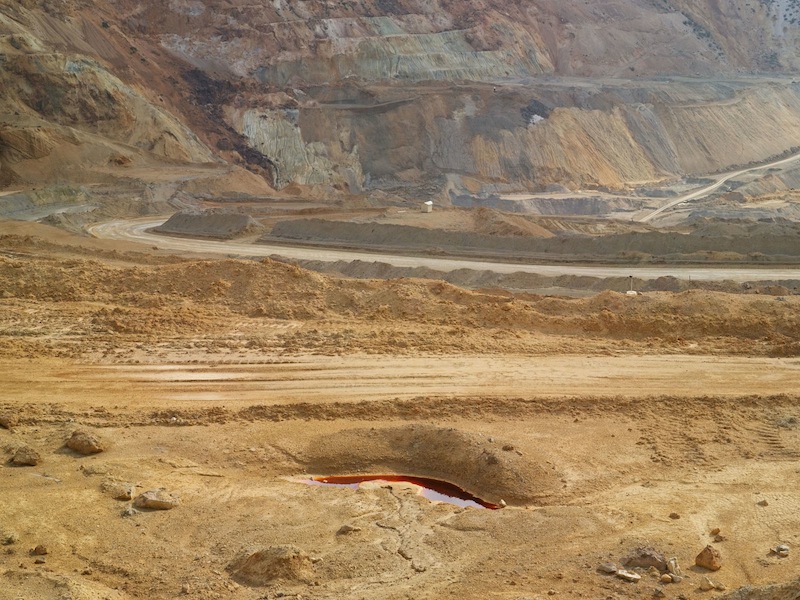
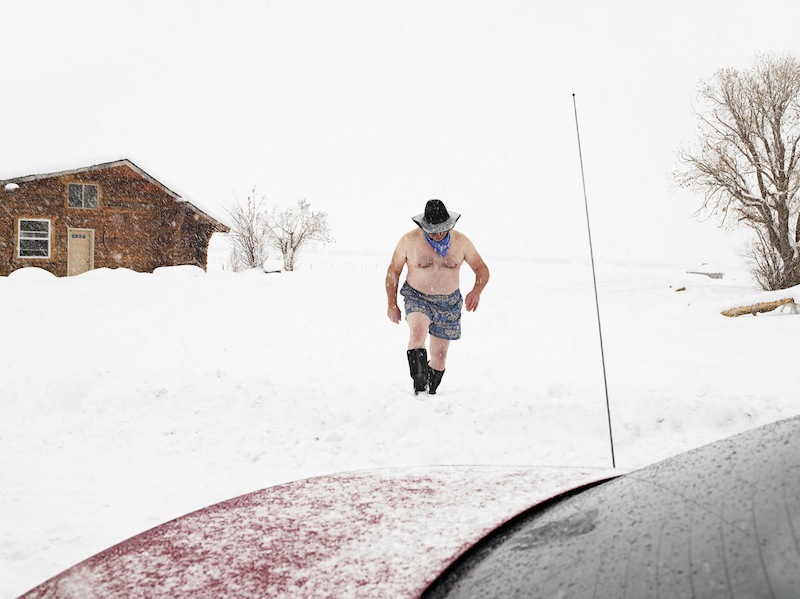
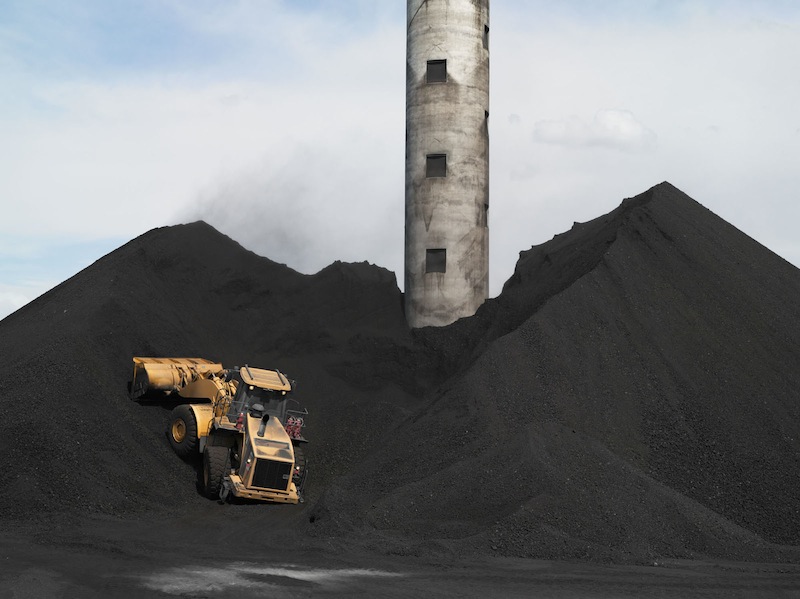
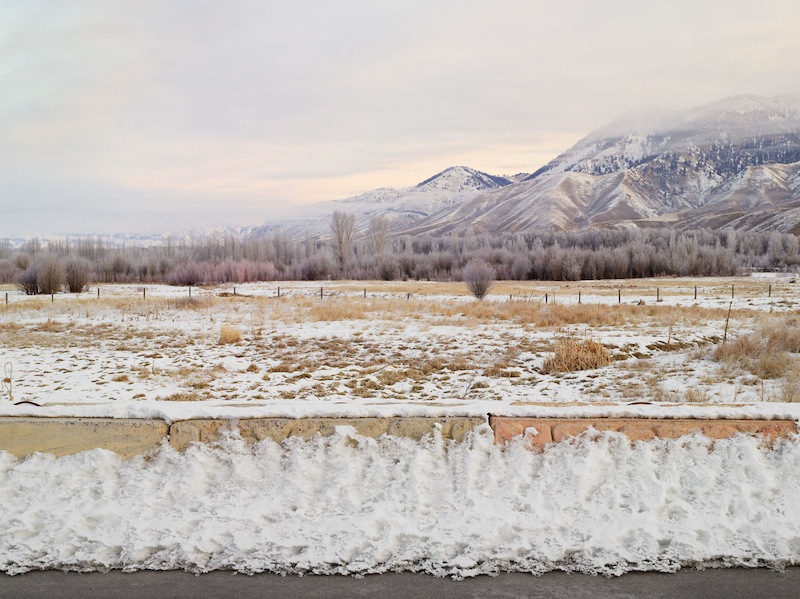
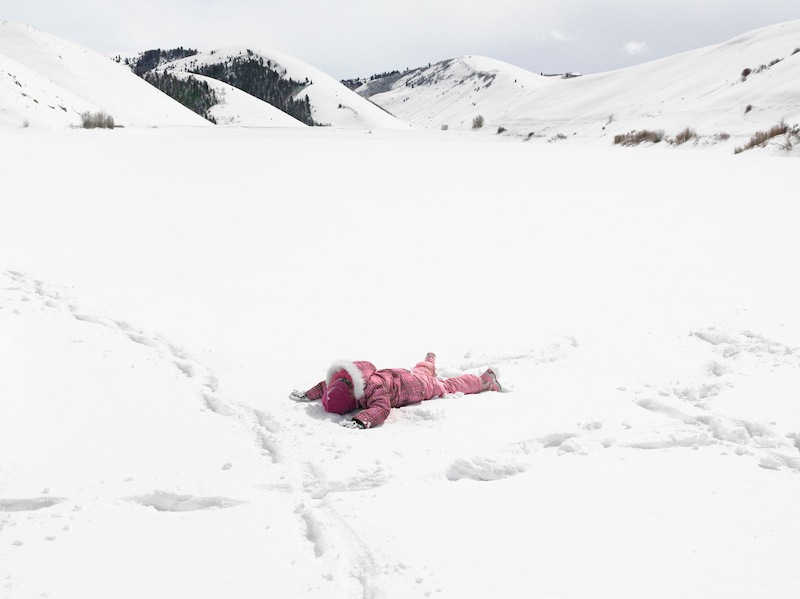
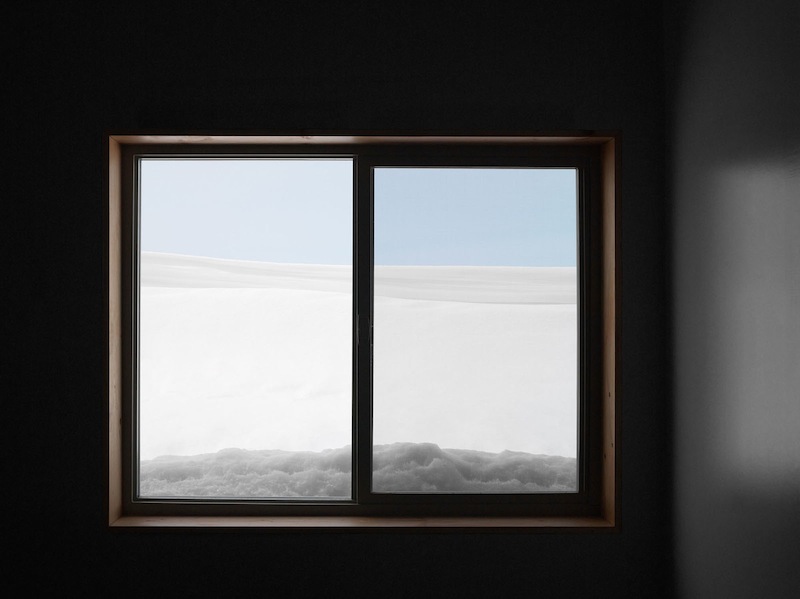
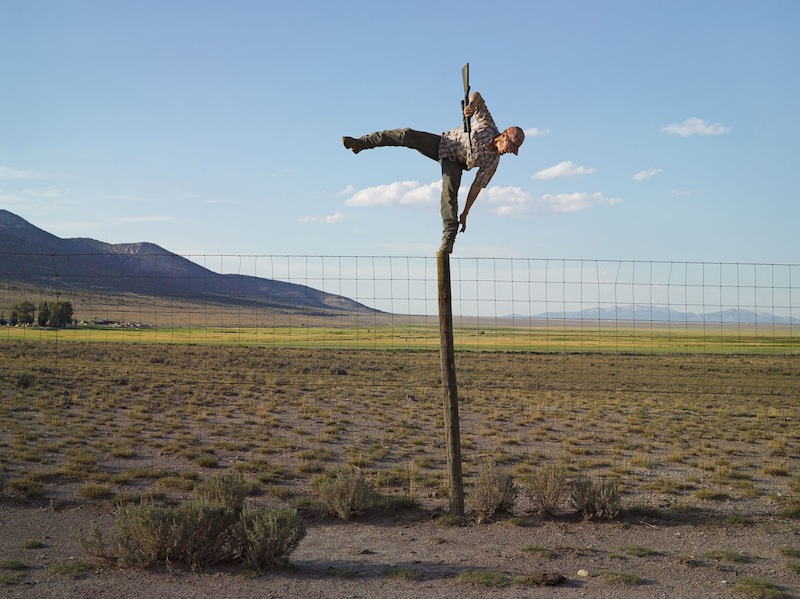
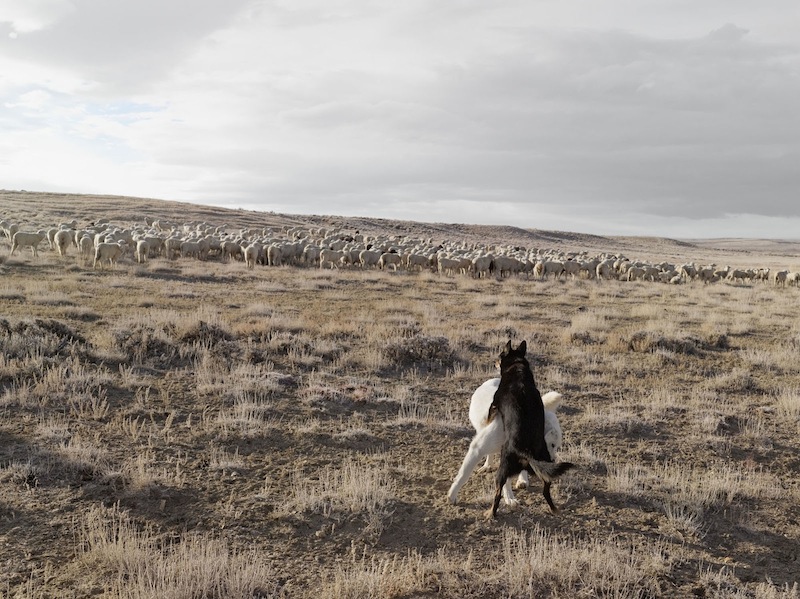
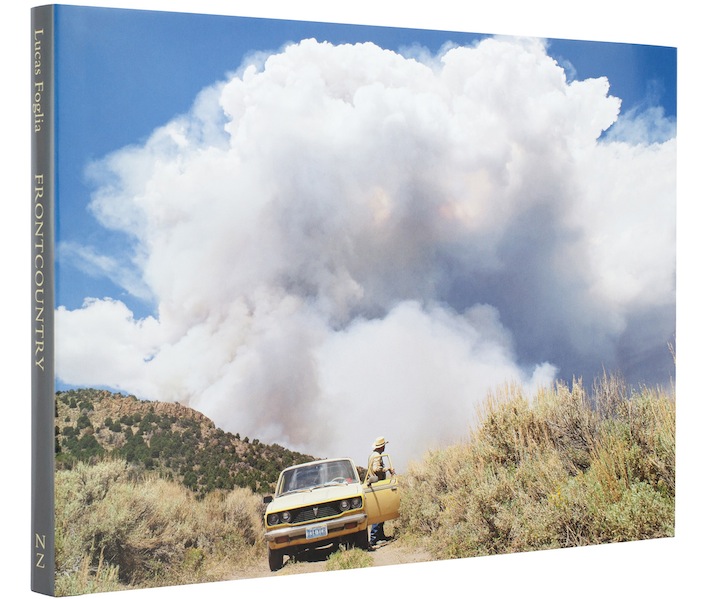
Lucas Foglia (born 1983) is an American photographer currently based in San Francisco. From 2006 to 2013, Lucas traveled across and photographed the American West, a mythic land of crops and cowboys that in recent years is being affected by an unprecedented intervention and extensive mining in the region operated by oil and coal companies. The result of Lucas’ travels is Frontcountry, a beautiful photobook published by Nazraeli Press.
Hello Lucas, thank you for this interview. What are your main interests as a photographer?
I grew up on a small farm in the suburbs of Long Island, New York. When I was a kid, we heated our house with wood, farmed and canned our food, and bartered the plants we grew for everything from shoes to dental work. In many ways that lifestyle was my earliest influence. Photography allowed me to tell stories about people, and about their connection to land. Photography, for me, is a reason to be somewhere, a way of getting to know people and places. I like the idea that a photograph can bring attention to a backstory.
You worked on Frontcountry from 2006 to 2013. Why did you decide to do a project about the American West?
We all have an image in our heads of what the rural American West, the Wild West, looks like. The fact is that the reality rarely looks like what we imagine it to be. When a close friend moved to Wyoming to work at the public radio station there, I went to visit. The landscape was bigger and harsher than any place I had ever been. Driving in November, I looked to the right and there was a blue sky arching over millions of acres of snow covered sagebrush. I looked ahead of me and saw a stormcloud. “I could disappear here“, I thought as I drove into a snowstorm and skidded my car off the icy road. I didn’t have cell phone reception. Luckily within a few minutes a pickup truck drove by, stopped and pulled my car back onto the road.
Can you talk a bit about the making of Frontcountry? How did you establish your route, and how long did you stay with the different communities you photographed?
I travel by word of mouth and introductions by friends. For instance, I met George in Diamond Valley, Nevada. George raised cattle for most of his life. In his retirement he enjoys chasing forest fires. We drove on dirt roads with dust coming up through the floor of his truck, and then stopped at the hill with the fire burning on the other side. He told me very confidently that he had safety provisions. He said: “I have two bottles of water, a Coke, a candy bar, a shovel, and a handgun“. In the photograph, the fire cloud arcs over both of us.
Based on what you have witnessed, how would you describe today’s American West? What are some of the things that struck you the most about it and its inhabitants?
When I first traveled to Wyoming in 2009, I expected to meet cowboys, trailing animals over land that was big and wild. People in the towns I visited knew that what was happening there was unbelievable. In the middle of a global recession, while ranchers were fighting the economy and the weather, almost everyone could get a job at the mines. Coal, Oil, Natural Gas in Wyoming. Copper and Gold in Nevada.
Were you looking for a certain kind of imagery or did you act on instinct more, responding to what you came across during your travels?
I traveled with Oscar and Wilson, two peruvian sheep herders, as they trailed a band of 2000 sheep over the high desert in Wyoming. They hadn’t seen a town in over a year. I made photograph of their dogs fighting and mating when they were supposed to be guarding sheep. I go to places because of a story I was told, but then I let my experience, and my photographs, shape the story I tell.
After shooting for seven years, you must have had a lot of material to edit. What guided you in the selection of the final sequence?
I worked with Nazraeli Press to choose the 60 images in the book from over 60,000 photographs. We decided that the book should open with images of cowboys and gradually show the encroachment of the mining companies.
I hope the project is more of a portrait than an indictment of the people who live in the rural American West, and the ways they share and depend on a landscape that still feels wild.
Choose one of the Frontcountry photos you’re particularly fond of, and tell us why.

It was Tommy’s idea to shoot coyotes from the top of a fence pole. I try to be ready for surprises. I photographed Tommy the moment before he fell off the pole with a loaded gun.
Did you have any particular reference or source(s) of inspiration in mind while working on Frontcountry?
Robert Adams for his ethics, and for the grace in his photographs.
Who are some of your favorite contemporary photographers?
Recently, books like Farm by Jackie Nickerson, Field Trip by Martin Kollar, Philip & Micheline by Mark Steinmetz, Dalston Anatomy by Lorenzo Vitturi, Enclave by Richard Mosse.
Think of the last time you saw something and couldn’t resist taking a picture. What did you see?
My friend Matt, naked, swinging between two trees over a stream in California’s Lost Coast.
Do you have any other passion besides photography?
Long dinners with good conversations, dancing, and being outside in natural places.
Choose your #threewordsforphotography.
Time. Story. Revelation.
Keep looking...
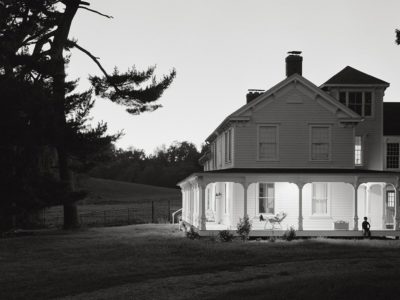
Entrance to Our Valley — Jenia Fridlyand Shares Poetic Photos of Family Life on Her Farm
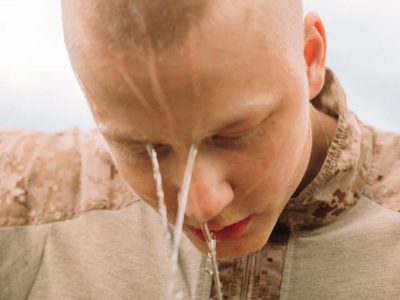
Men Don’t Play — Simon Lehner Investigates Masculinity on the Fields of Simulated Wars
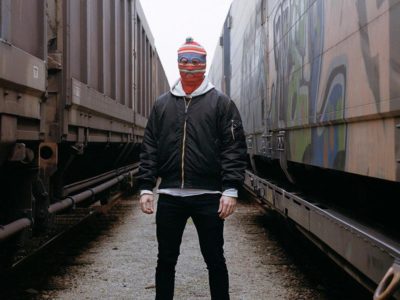
Janne Riikonen Portrays Sweden’s Top Graffiti Writers
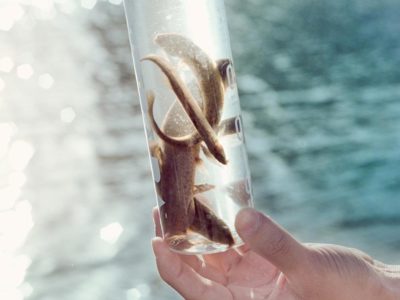
FotoFirst — Tianxi Wang Finds Solace Walking (and Photographing) Along the Hai River
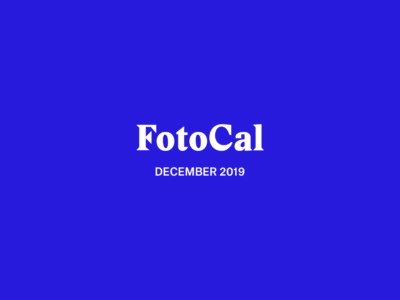
FotoCal — Photography Awards, Grants and Open Calls Closing in December 2019
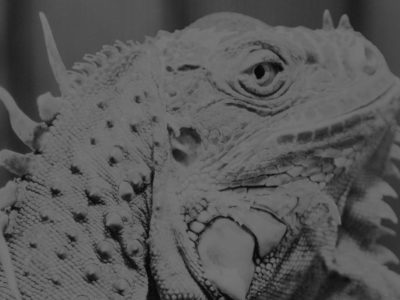
Francesco Merlini Wins the Series Category of Void x #FotoRoomOPEN
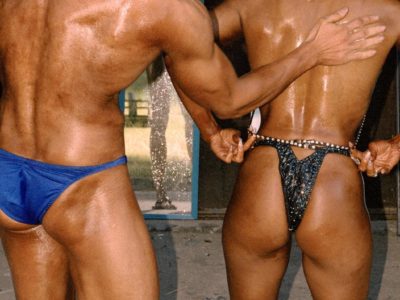
The Baby Tooth Isn’t Loose — Brendon Kahn Captures the Fault Lines in Human Nature
